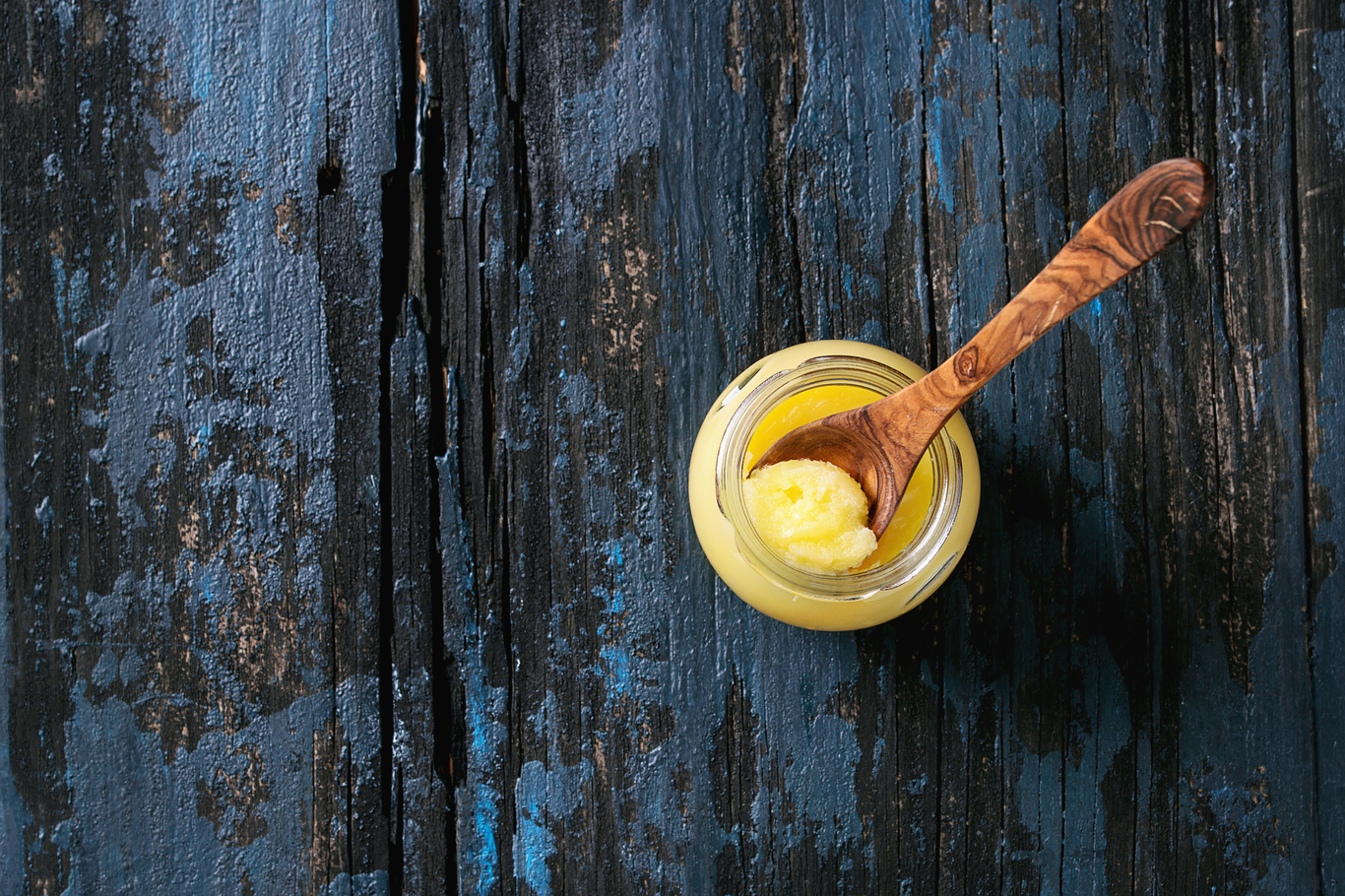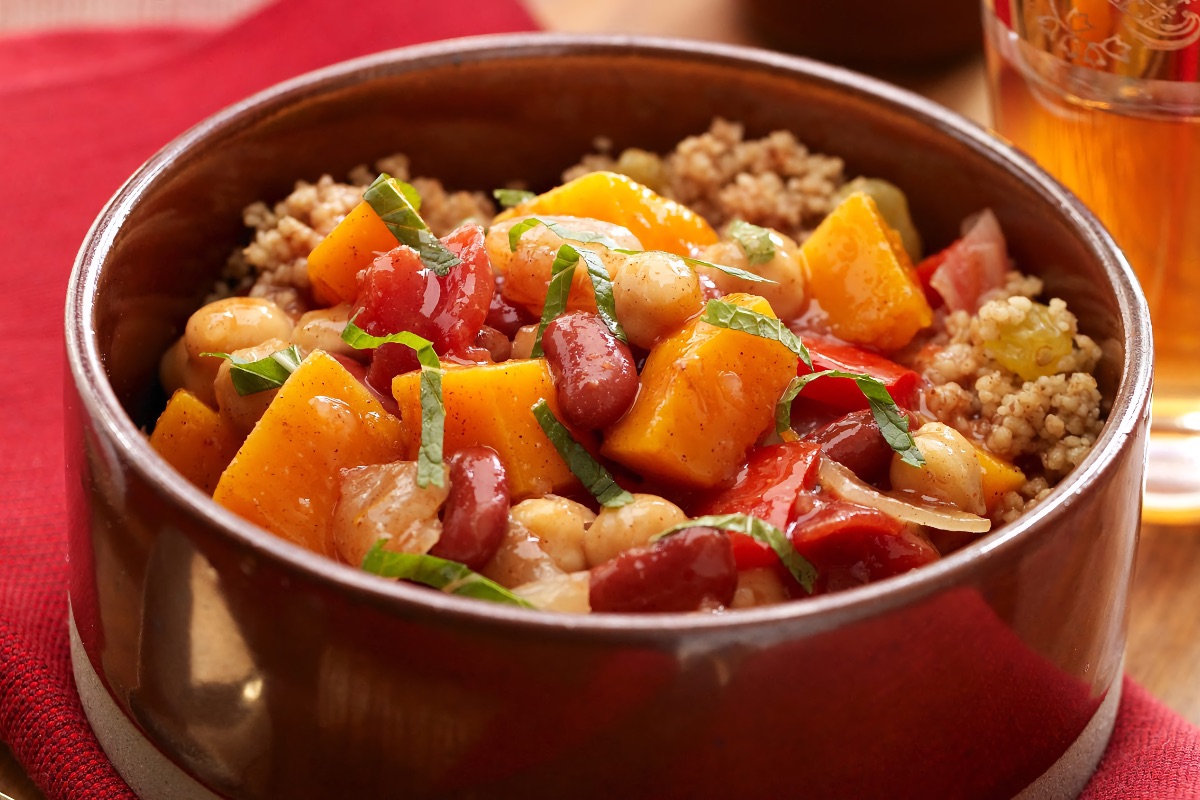Maybe you’re whipping up an Indian-inspired dinner, or you’re taking the Paleo diet for a spin. You’ve seen it on ingredient lists, or as a substitute for butter. Wondering what’s the deal with ghee? We’ve got the details on the cooking fat (and why it’s better than butter).
What is it? Ghee is a byproduct of butter, made by slowly simmering the golden good stuff and straining off the milk solids. What’s left is pure butter fat, and that’s ghee.
subodhsathe/Getty Images
Isn’t that the same as clarified butter? Not really. They’re made the same way, but ghee is actually cooked longer, until the milk solids start to brown and all moisture has evaporated. The resulting flavor is more nutty and toasty than that of clarified butter. It also means ghee contains no water, so it’s practically spoil-proof—it lasts about a year in the fridge and three months out.
OK…so why should I cook with it? Aside from being delicious and shelf-stable, you mean? Ghee has a super-high smoke point, so it’s great for sautéing. Because it has no milk proteins or lactose, it’s easier for sensitive stomachs to digest, as well as Paleo- and Whole30-approved. When made from grass-fed butter, it retains all those good-for-you vitamins and minerals. And it tastes like butter…but better.
This article was from PureWow and was legally licensed through the NewsCred publisher network. Please direct all licensing questions to legal@newscred.com.








